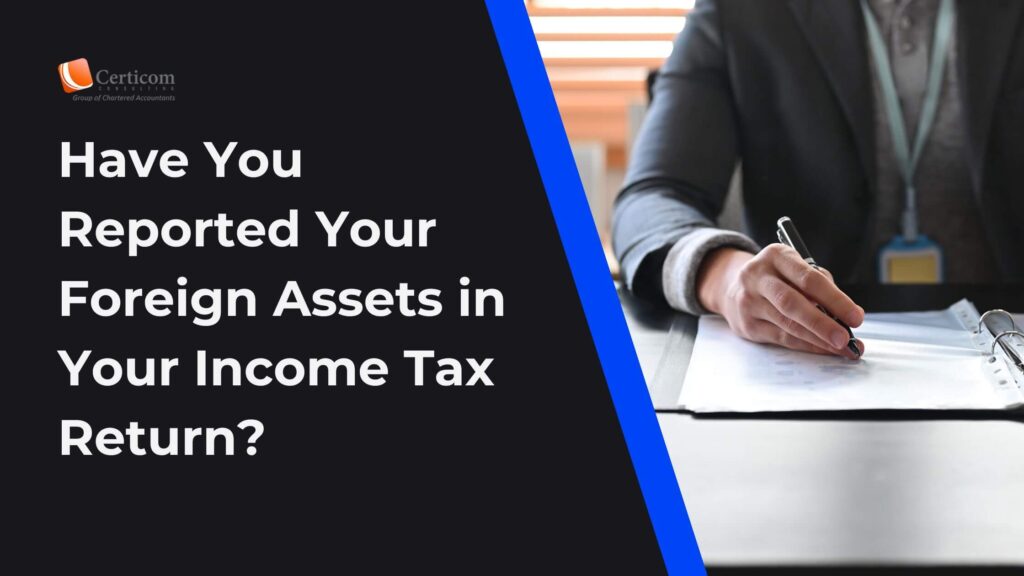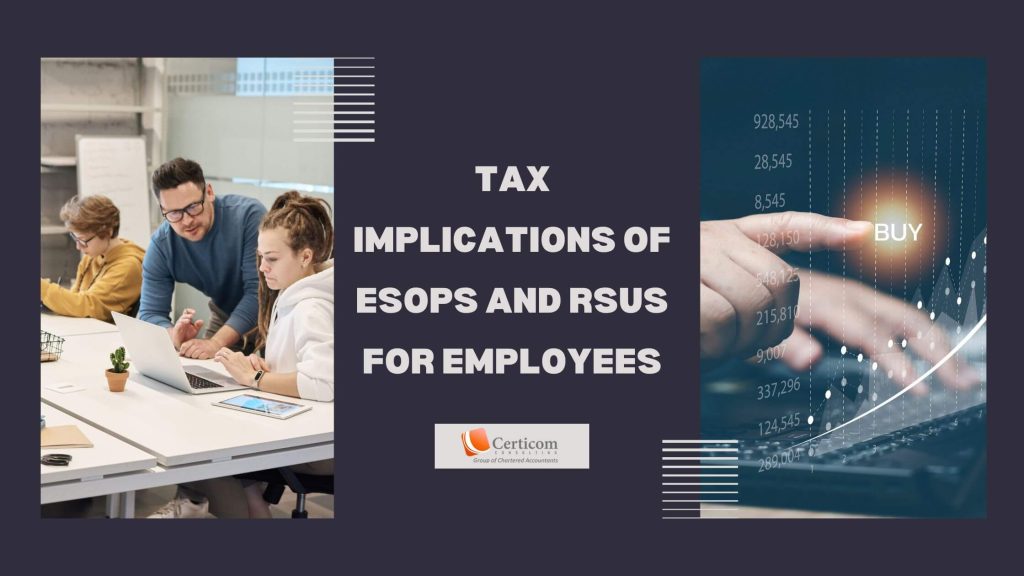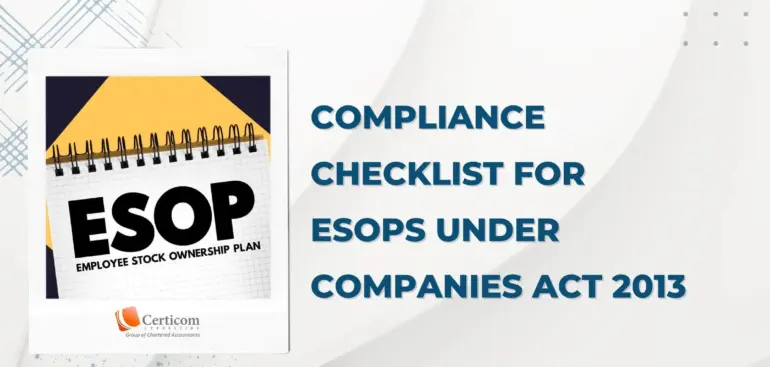Have You Reported Your Foreign Assets in Your Income Tax Return?

In an increasingly globalized world, it’s common for Indian residents to hold assets or earn income abroad. However, what many fail to realize is that the Indian Income Tax Act mandates disclosure of foreign assets and overseas income in the Income Tax Return (ITR). Failure to do so—whether by oversight, lack of awareness, or deliberate omission—can have serious consequences.
Let’s take a closer look at what qualifies as foreign assets, the reporting obligations under Indian law, and the penalties for non-compliance.
Who Needs to Report Foreign Assets?
Any individual who qualifies as a Resident in India under the Income Tax Act must report their foreign assets and income while filing their ITR—regardless of the value of such assets.

Examples of Common Foreign Assets:
ESOPs or Shares allotted by a foreign parent company to employees working in MNCs
Bank accounts opened abroad while on temporary work assignments or during overseas education
Properties held overseas, even after returning to India
Investments in foreign mutual funds, stocks, bonds, or other financial instruments
Equity or ownership interests in overseas businesses, such as companies or LLPs
Additionally, any income generated from foreign sources—whether from employment, interest, rent, or capital gains—must also be reported in the ITR.
Foreign Tax Credit (FTC): Avoiding Double Taxation
If you’ve already paid taxes on your foreign income in another country, you can generally claim a Foreign Tax Credit (FTC) in India to avoid double taxation. However, to do so, you must:
Offer the foreign income to tax in India in the same financial year
File Form 67 along with documentary evidence like the foreign tax payment receipt or TDS certificate
How Does the Government Know About Your Foreign Assets?
This is where the Automatic Exchange of Information (AEOI) comes in.
India is a part of a global network of over 100 countries that have agreed to share financial information about each other’s tax residents. This means:
Financial institutions such as banks and investment firms collect information like your name, account details, balance, and income earned
This data is shared between tax authorities of the respective countries under the AEOI framework
For instance, India shares financial data of U.S. tax residents with the U.S. IRS, and receives similar information about Indian residents from the U.S.
This framework ensures greater transparency and enables Indian tax authorities to verify whether foreign income and assets have been correctly disclosed.
Consequences of Non-Disclosure
Failing to report foreign assets and income can lead to severe penalties under the Black Money (Undisclosed Foreign Income and Assets) and Imposition of Tax Act, 2015, also known as the Black Money Act:
1. Monetary Penalty
A penalty of ₹10 lakh per year can be levied if the aggregate value of the unreported foreign assets (excluding immovable property) exceeds ₹20 lakh.
2. Prosecution
Imprisonment from 3 to 10 years along with fines for willful non-disclosure.
3. Tax and Additional Penalties
Tax is levied at a flat 30% on the undisclosed income, with no exemptions or deductions allowed.
Additional penalties of up to 300% of the tax may also be imposed.

4. Loss of DTAA Benefits
Non-disclosure disqualifies the taxpayer from claiming relief under Double Taxation Avoidance Agreements (DTAA) for the relevant income.
Whether you’re a salaried employee receiving ESOPs from a foreign company, a student with a bank account abroad, or a returning NRI with overseas investments—reporting your foreign assets and income is not optional. It is a legal responsibility that should not be taken lightly.
If you are unsure about your reporting obligations or need help claiming a Foreign Tax Credit, consult a qualified tax professional. Proactive compliance not only protects you from heavy penalties and prosecution but also builds a credible tax record for the future.
Related Post
Have You Reported Your Foreign Assets in Your Income Tax Return?
A Beginner’s Guide to E-Filing Income Tax Return for FY 2024-25
Faking Tax Deductions? You Could Be Penalised Up To 200% Under Income Tax Rules
Book A One To One Consultation Now For FREE
How can we help? *












